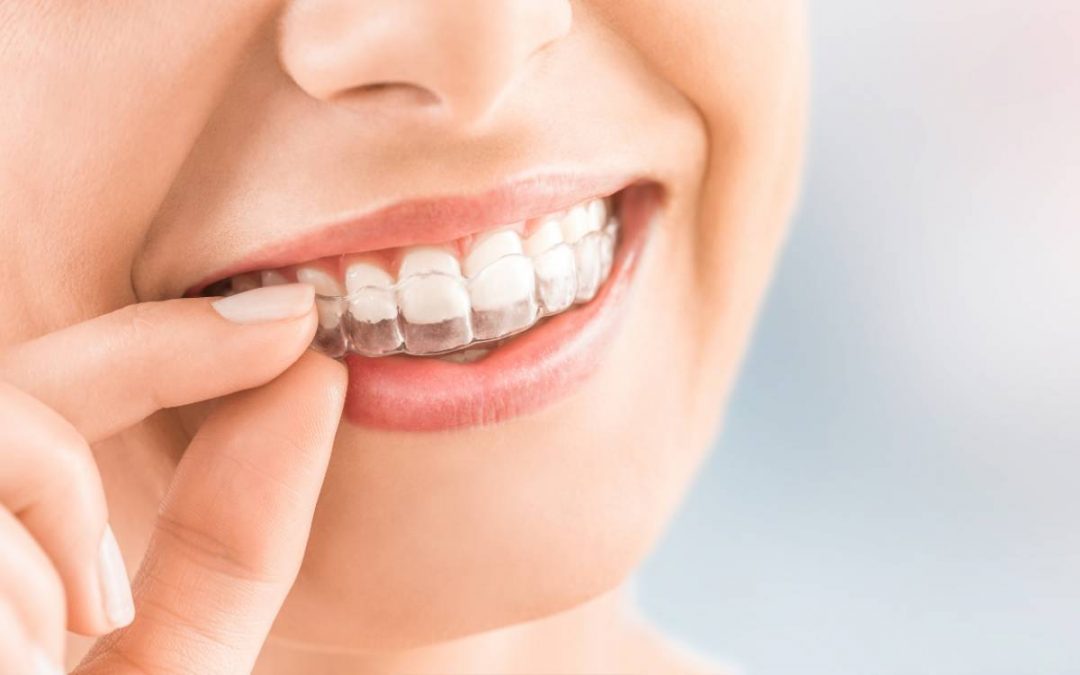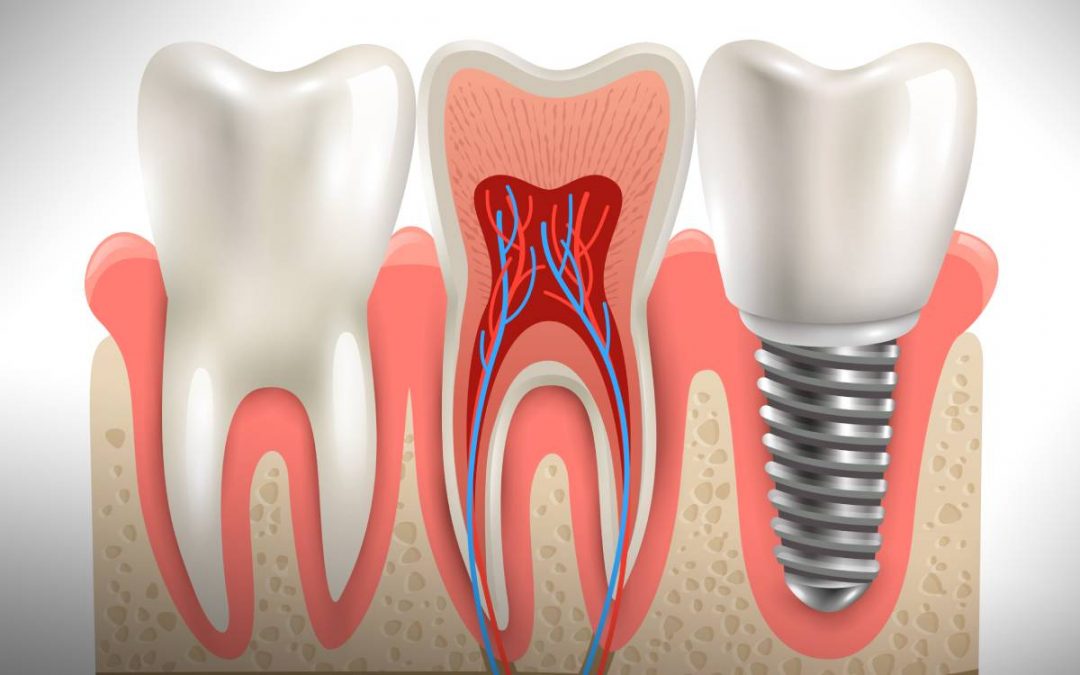Kits are made up of either hydrogen peroxide, carbamide peroxide, or a blend of the two.
Hydrogen peroxide is a potent oxidizing agent. The whitening action is a result of oxygen free radicals that oxidize larger pigment molecules into smaller, less visible molecules.
By the European Directive dental professionals are only permitted to sell products that contain a maximum of 6% hydrogen peroxide. Over-the-counter products that do not require the supervision of a dental professional may contain only 0.01% hydrogen peroxide. These products are ineffective in whitening the teeth as the concentration of peroxide is too low.
Carbamide peroxide is hydrogen peroxide compounded with urea. Urea helps stabilise the formula giving carbamide peroxide a more predictable and longer shelf life than hydrogen peroxide alone.
By the European Directive, dental professionals can prescribe up to 16% carbamide peroxide. In the presence of water, carbamide peroxide degrades into urea and hydrogen peroxide. Any given volume of carbamide peroxide will yield 35% volume of hydrogen peroxide when it breaks down.
The difference between hydrogen peroxide and carbamide peroxide
A notable difference between hydrogen peroxide and carbamide peroxide is the rate of breakdown, and therefore, the rate of release of oxygen ions. Carbamide peroxide is a more stable molecule and breaks down more slowly than hydrogen peroxide. Carbamide releases about 50% of its peroxide in the first 2 to 4 hours, then the remainder over the next 2 to 6 hours. Hydrogen peroxide breaks down almost immediately, releasing its peroxides entirely within the first hour. It is thought that due to this relatively concentrated bombardment of peroxides on the pulp, hydrogen peroxide produces more sensitivity than carbamide peroxide of a comparable concentration.






